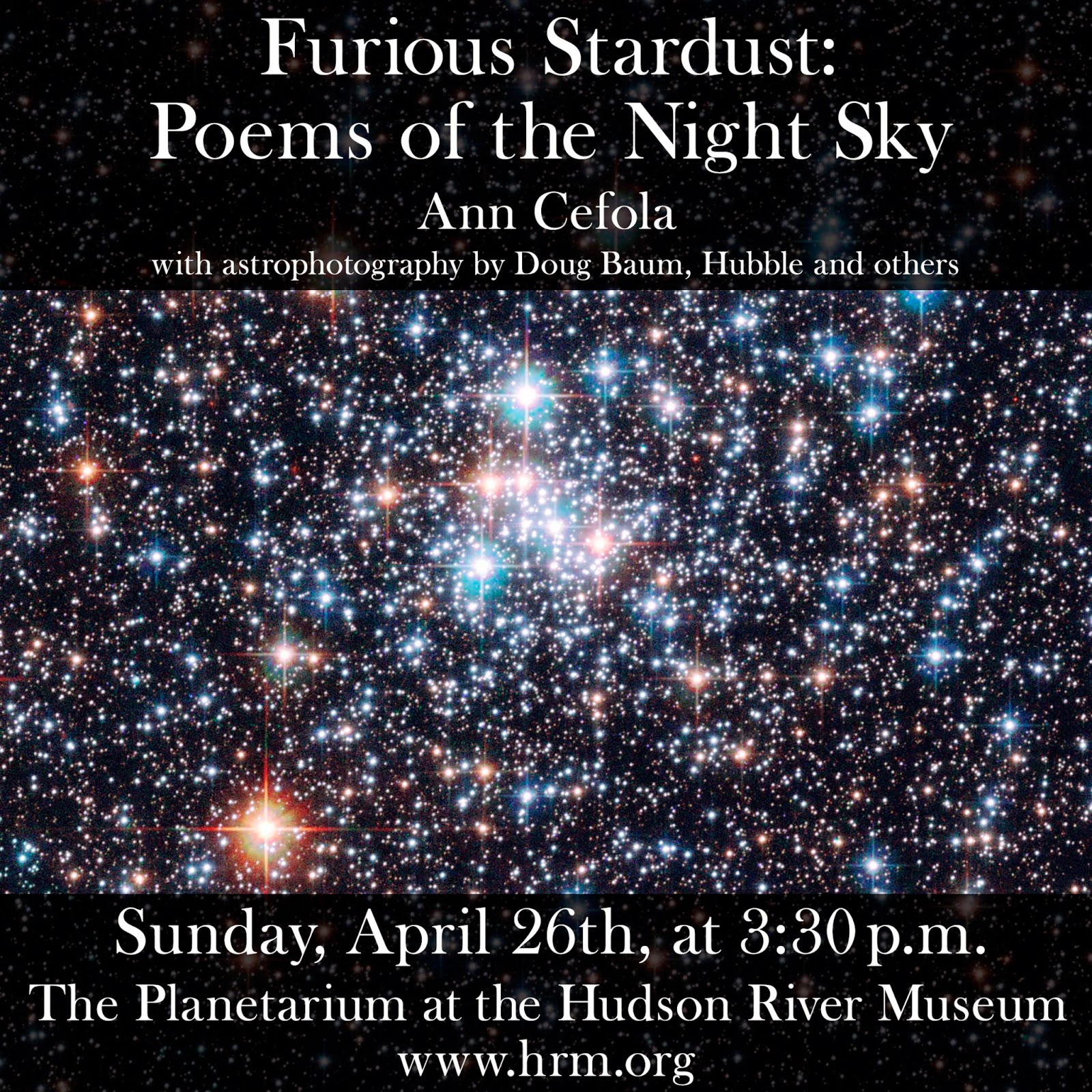Installation for
Staring Back at the Fleming Museum
Staring Back: The Creation and Legacy of Picasso's Demoiselles d'Avignon is on view at the Fleming Museum of Art, University of Vermont, Burlington, through June 21st.
Trust Picasso scholar Janie Cohen, director of the Fleming Museum of Art, to find a way to bring Pablo Picasso's huge Les Demoiselles d'Avignon to Burlington without incurring massive shipping costs and insurance: think virtual reality based on numerous digital expressions. The result is excellent! A smorgasbord of interactive and traditional visual experiences that inform as well as entertain.
Moreover, this brilliant curatorial concept reinvigorates investigations into a well-known classic through Cohen's own revelations about the influence of ethnographic photography at the turn-of-the 20th-century and contributions from UVM faculty and former students. (Hopefully, Cohen will continue in this vein - re-presenting masterpieces as an academic community effort - and inspire other museums to follow suit.)
Pictured above, you see a reproduction of Picasso's early study for the Demoiselles, which included a medical student and a sailor greeted by the ladies in a brothel's parlor. Resting on the table are eight Kindles that contain all 700 plus sketches that Picasso drew as he worked through his ideas for the roughly 8 x 7 foot canvas. A invaluable blend of technology and focused activity.
Sound Installation by Jenn Karson, UVM '93,
Artist, Lecturer, UVM College of Engineering
and Mathematical Sciences, and Founder, Vermont Makers, Burlington
Upon entering the exhibition, on the extreme left, Picasso poses in front of the famous "Bateau Lavoir," the nickname for a ramshackle building that housed studios and apartments in a slummy part of Montmartre. This photo appears within a video loop of vintage and digitally engineered photos of the neighborhood. Adjacent to this, emanating from a ca. 1907
phonograph horn, is a collage of ambient sounds that aurally transport us back to Paris c. 1907. According to the poet/artist Max Jacob, one of Picasso's closest friends, the Demoiselles was painted in the basement of this building during the first half that year. In the exhibition, we see a projection of the painting and imagine the studio where Picasso slaved away in chilly winter and sweaty July, transforming five Iberian female faces into ferocious, intimidating gorgons.
Content by Janie L. Cohen; digital installation by project collaborator, Coberlin Brownell, UVM '95,
Assistant Professor, Emergent Media Program, Champlain College, Burlington, VT
On the extreme right of the entry, we enter a Hall of History that educates on a number of important levels. We learn about the painting's sources, its contemporaneous context and its art historical roots. Moreover, we are made aware of its fundamental significance in Picasso's oeuvre: the artist's presentation of the work's genealogy based on personal preferences: Egyptian, European, African and Oceanian art. It was this confrontation with art history (Professor Jacqueline Gojard pointed out to me recently in our correspondence about the exhibition) that infused the work with such fury: hand-to-hand combat with the art gods to earn a place among the deities. (Think: Spanish Zeus slaying his international Titan fathers.)

The nifty interactive devices personalizes the journey through the information about the painting, as we control the timing and flow of images. In this respect there is ample opportunity to read the copious texts in various orders, according to our whims. A good example of Millennial teaching style.
Janie L. Cohen, director of the Fleming Museum UVM, and curator of Staring Back
The history of Les Demoiselles d'Avignon aside, a tremendously satisfying portion of Staring Back comes from the study of the real paintings, sculptures, photographs and a print on display. Each artist responds to Picasso's content and innuendos in provocative ways. (I will post their work in another essay.)
For now - please view three videos that flesh out the Demoiselle's magnificent history and legacy:
Janie Cohen on ethnographic sources for the
Demoiselles.
Staring Back: The Creation and Legacy of Picasso's Demoiselles d'Avignon is on view at the Fleming Museum of Art, University of Vermont, Burlington, through June 21st. Please make this a destination to celebrate Spring 2015. For more information, please visit the Fleming's
website.
Viva Picasso,
Beth New York
aka Beth S. Gersh-Nesic, Ph.D.
Director
New York Arts Exchange



















